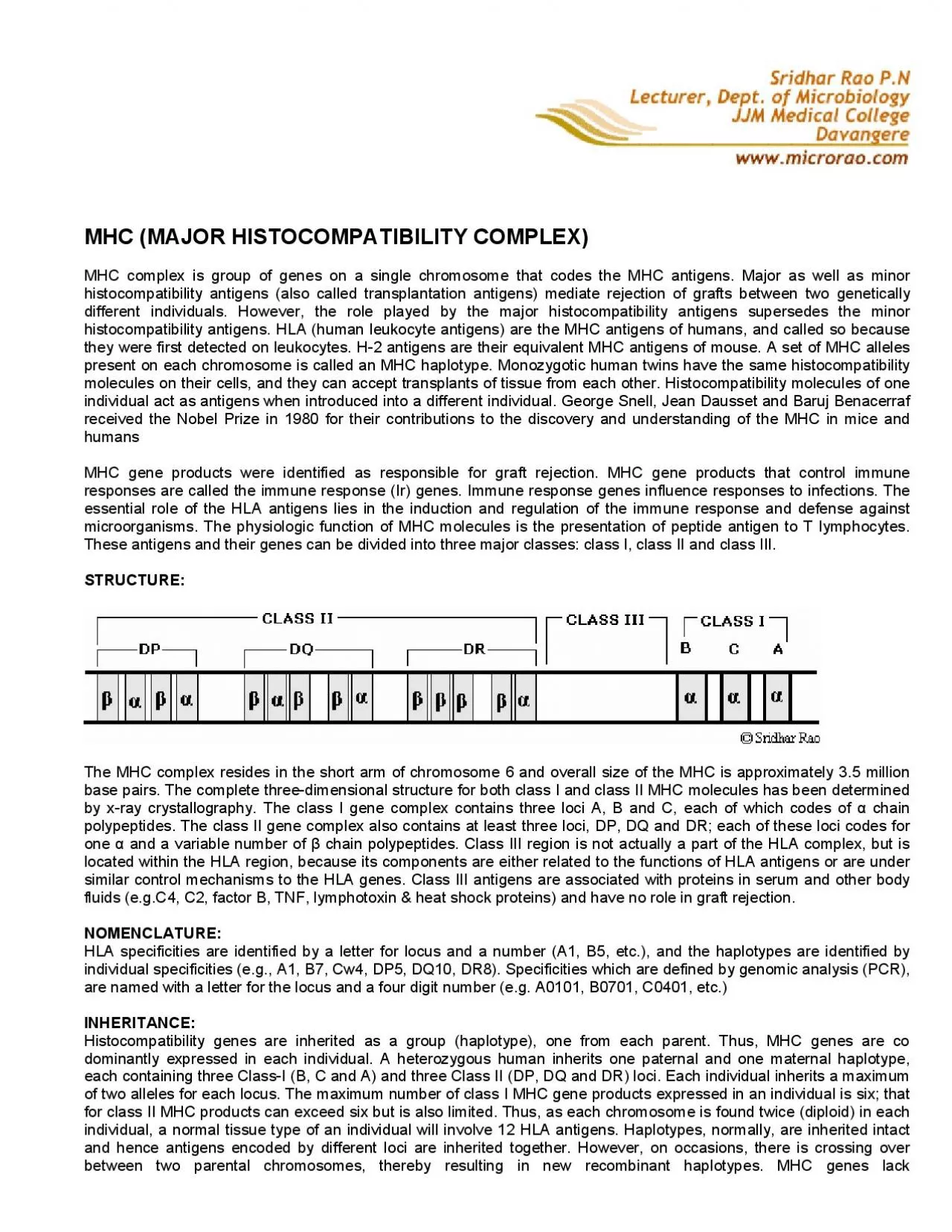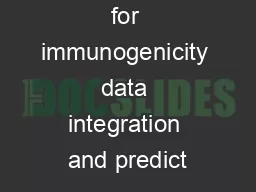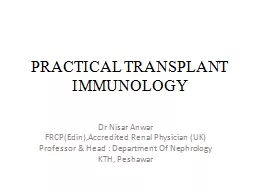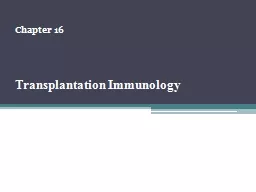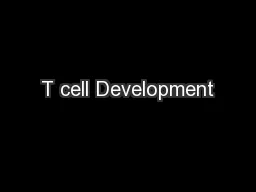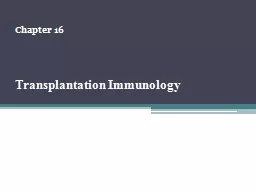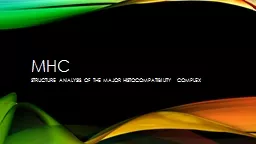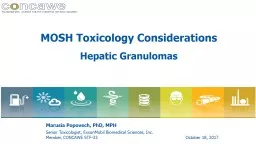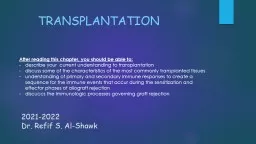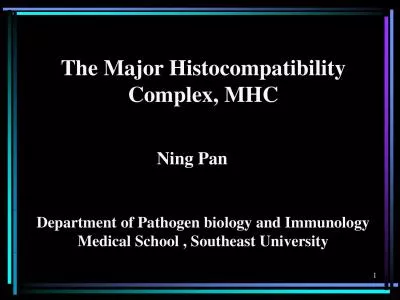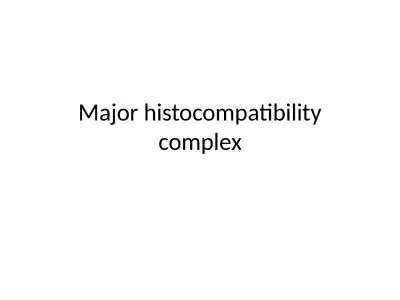PDF-MHC MAJOR HISTOCOMPATIBILITY COMPLEX MHC complex is group of genes o
Author : holly | Published Date : 2022-09-01
The MHC complex resides in the short arm of chromosome 6 and overall size of the MHC is approximately 35 million base pairs The complete threedimensional structure
Presentation Embed Code
Download Presentation
Download Presentation The PPT/PDF document "MHC MAJOR HISTOCOMPATIBILITY COMPLEX MHC..." is the property of its rightful owner. Permission is granted to download and print the materials on this website for personal, non-commercial use only, and to display it on your personal computer provided you do not modify the materials and that you retain all copyright notices contained in the materials. By downloading content from our website, you accept the terms of this agreement.
MHC MAJOR HISTOCOMPATIBILITY COMPLEX MHC complex is group of genes o: Transcript
Download Rules Of Document
"MHC MAJOR HISTOCOMPATIBILITY COMPLEX MHC complex is group of genes o"The content belongs to its owner. You may download and print it for personal use, without modification, and keep all copyright notices. By downloading, you agree to these terms.
Related Documents

